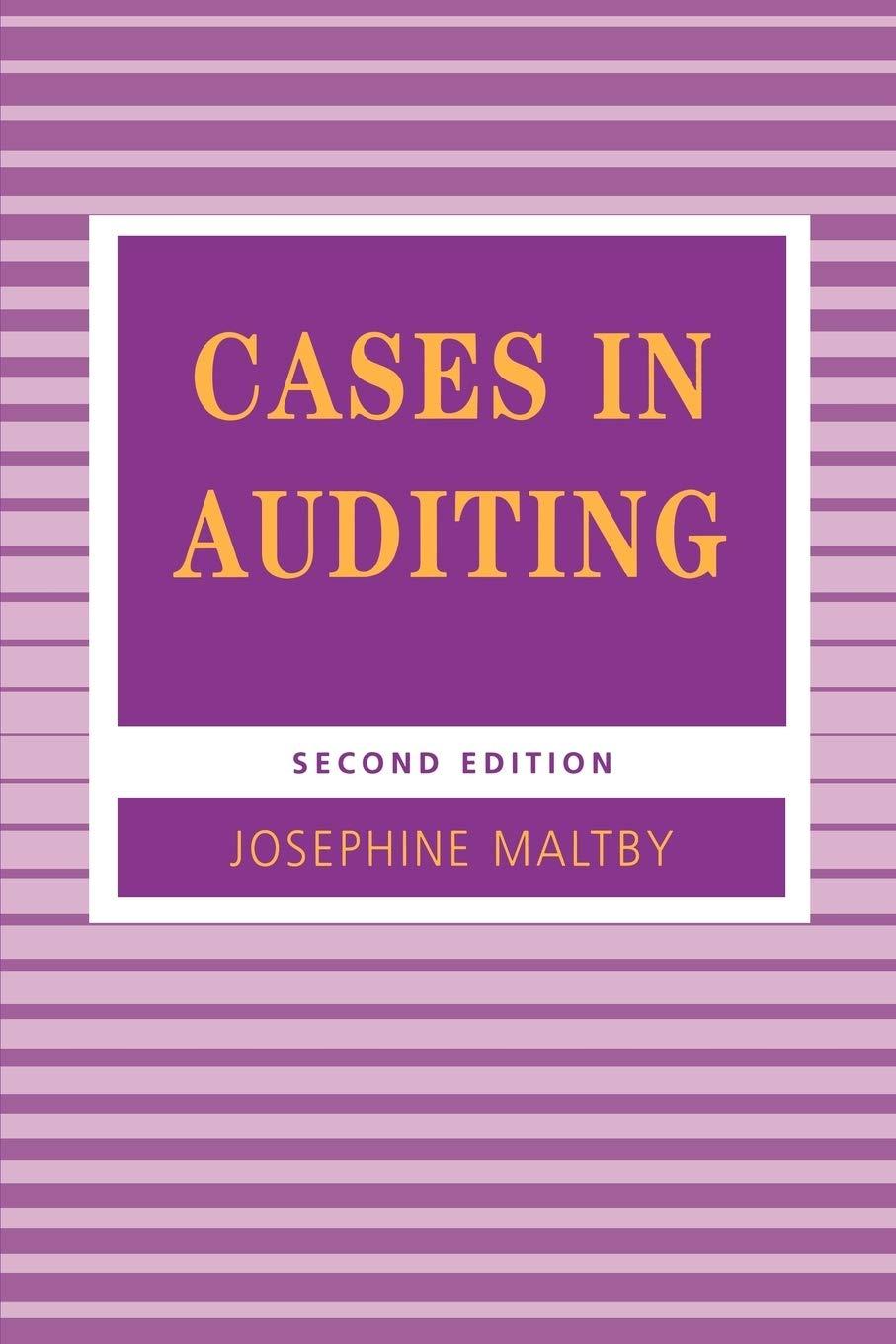1. The receivable that is usually evidenced by a formal instrument of credit and may include interest is a(n)
| a. Income tax receivable. | | |
| |
| |
| |
2. An alternative name for Bad Debt Expense is:
| a. Uncollectible Accounts Expense. | | |
| |
| |
| |
3. A characteristic of a fixed asset is that it is:
| |
| b. Used in the operations of a business. | | |
| c. A short-term investment. | | |
| d. Held for sale in the ordinary course of the business. | |
4. Which of the following should be included in the acquisition cost of a piece of equipment?
| |
| |
| c. Testing costs prior to placing the equipment into production | | |
| d. All of these choices are correct. | |
5. When the amount of use of a fixed asset varies from year to year, the method of determining depreciation expense that best matches allocation of cost with revenue is:
6. The most widely used depreciation method is:
| |
| b. Double-declining-balance. | | |
| c. Units-of-production or double-declining-balance. | | |
| |
7. Which of the following are examples of intangible assets?
8. Current liabilities are
| a. Due, but not payable for more than one year. | | |
| b. Due and receivable within one year. | | |
| c. Due, but not receivable for more than one year. | | |
| d. Due and payable within one year. | |
9. Notes may be issued
| a. To creditor's to temporarily satisfy an account payable created earlier. | | |
| |
| c. When assets are purchased. | | |
| d. All of these choices are correct. | | | 10. The journal entry a company uses to record the payment of an interest-bearing note is: | a. Debit Cash; credit Notes Payable. | | | | b. Debit Notes Payable and Interest Receivable; credit Cash. | | | | c. Debit Accounts Payable; credit Cash. | | | | d. Debit Notes Payable and Interest Expense; credit Cash. | | |
11. Which of the following taxes would be deducted in determining an employee's net pay?
| |
| |
| |
| d. All of these choices are correct. | | |
12. Which of the following is not characteristic of a corporation?
| a. Cash dividends paid by a corporation are deductible as expenses by the corporation. | | |
| b. A corporation can own property in its name. | | |
| c. Corporations are required to file federal income tax returns. | | |
| d. The financial loss that a stockholder may suffer from owning stock in a public company is limited. | | |
13. The ability of a corporation to obtain capital is:
| a. About the same as a partnership. | | |
| b. Enhanced because of limited liability and ease of share transferability. | | |
| c. Restricted because of the limited life of the corporation. | | |
| d. Less than a partnership. | |
14. A Stock split of 1:3 would:
| a. Have no effect on the ownership of a corporation. | | |
| b. Dilute the ownership of a corporation. | | |
| c. Reduce the ownership of a corporation. | | |
| |
15. The Crafter Company has the following assets and liabilities:
| ASSETS | |
| Cash | $28,000 |
| Accounts receivable | 15,000 |
| Inventory | 20,000 |
| Equipment | 50,000 |
| | |
| LIABILITIES | |
| Current portion of long-term debt | 10,000 |
| Accounts payable | 2,000 |
| Long-term debt | 25,000 |
Determine the quick ratio (rounded to one decimal point).
a.3.6
b.2.3
c.3.3
d.5.3






